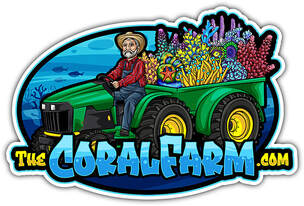|
Maintaining the ideal water parameters is the key to success when it comes to keeping a thriving reef tank. The delicate balance of the aquatic environment within your tank directly affects the health and growth of your corals and marine life. Let's dive into the essential water parameters you need to monitor for a successful reef tank, listed loosely in order of importance: 1. Salinity: Salinity, or the concentration of dissolved salts in the water, should mimic the natural levels of seawater, typically around 35 parts per thousand (ppt). Use a refractometer or hydrometer to measure and adjust as needed. 2. Temperature: Stable temperature is crucial for reef inhabitants. Aim for a range of 75-79°F (24-27°C) to prevent stress and disease. 3. Alkalinity: Alkalinity measures the water's ability to buffer against pH changes. It should typically fall between 7-12 dKH (degrees of carbonate hardness) to support coral growth and stability. What ever number you pick, try to stay there. Corals depend on stability and don't do good with changes. 4. Calcium: Corals require calcium for skeletal growth. Maintain levels between 380-450 ppm (parts per million) for healthy coral development. 5. Magnesium: Magnesium levels should be around 1200-1400 ppm. It helps regulate calcium and alkalinity levels, preventing issues like precipitation. 6. Nitrates: Keep nitrate levels low, ideally below 5 ppm, as high nitrates can lead to algae outbreaks and negatively impact coral health. 7. Phosphates: Maintain low phosphate levels (ideally below 0.03 ppm) to prevent excessive algae growth and promote coral health. 8. Trace Elements: Trace elements like iodine, strontium, and iron are needed in trace amounts. Use high-quality reef supplements to replenish these elements as they are consumed by your tank's inhabitants.
Monitoring these essential water parameters and performing routine water changes will create a stable and healthy environment for your corals and marine life. Consistency and stability are key to enjoying a thriving and beautiful reef tank.
1 Comment
The Dance of Light: Spectrum and IntensityLight Spectrum: Corals contain pigments called chromoproteins that absorb and reflect light at specific wavelengths. Different pigments are responsible for various colors, from warm reds to cool blues. Selecting the right lighting spectrum ensures optimal color expression. What is the Best Light Spectrum for Corals? Selecting the ideal light spectrum for your corals can significantly influence their coloration and overall health. While preferences vary depending on the coral species and your tank setup, the following guidelines can help:
Water Quality: The Crucial FoundationTemperature: Fluctuations outside a coral's preferred temperature range can lead to stress and altered coloration. Maintain stable water temperatures to promote health and color vibrancy. pH and Alkalinity: Proper pH and alkalinity levels are essential for coral calcification and growth. Acidic conditions can negatively impact coloration and overall health. Changing Alkalinity levels too quickly can cause harm to corals or cause them to "brown out" for a significant amount of time until they adjust to the new levels. Salinity: Sudden changes in salinity can stress corals, affecting their coloration. Regular monitoring and adjustments are vital. Trace Elements: Trace elements, such as iron, magnesium, and strontium, play a role in pigmentation and coloration. Ensure these elements are present in appropriate amounts. Nutrient Levels: The BalancePhotosynthesis: Many corals derive energy from photosynthesis by hosting symbiotic algae called zooxanthellae. Proper lighting ensures efficient photosynthesis, providing essential nutrients for growth and color. Supplemental Feeding: Some corals benefit from supplemental feeding. Offer appropriate foods like phytoplankton, zooplankton, or coral-specific supplements to support coloration and health. Nitrate and Phosphate: Elevated nitrate and phosphate levels can lead to excessive algae growth, shading corals and dulling their colors. Also, having zero Nitrates and Phosphates can cause corals to become pale and loose their color. We shoot for 1-10ppm Nitrates and 0.01-0.03ppm Phosphates in our systems, although reefers have had great success with other nutrient levels. If you are having trouble keeping your Nitrates or Phosphates above zero you can simply feed your fish or corals more often. There are also products available to raise levels such as Sodium Nitrate pellets and Brightwell's NeoPhos. While products exist to lower Nitrates and Phosphates, we recommend simply feeding less, lowering bio-load, adding more live rock or doing more frequent water changes to lower levels if needed. Acclimatization and Stress MitigationAcclimatization: When introducing new corals to your tank, acclimate them gradually to avoid shocking them with sudden changes in lighting, water parameters, and flow. Stress Mitigation: Stressed corals often display faded coloration. Minimize stress by maintaining consistent tank conditions and avoiding sudden changes. In conclusion, the captivating hues of corals are a testament to their well-being and environment. By mastering the art of lighting, maintaining water quality, managing nutrient levels, providing proper nutrition, and minimizing stress, you can unlock the full spectrum of colors within your reef. A thriving coral ecosystem is not only a visual delight but also a sign of a healthy, balanced underwater world where beauty and vitality coexist in perfect harmony. Start off with the brightest corals and get on track to having a super vibrant reef! Buy Corals Online:
Creating a captivating underwater landscape filled with vibrant corals is an art form that goes beyond arranging beautiful organisms—it's about understanding their needs and behaviors to establish a thriving and visually stunning marine ecosystem. In this guide, we'll delve into the intricate world of coral placement and aquascaping, exploring the factors that contribute to optimal growth, aesthetic appeal, and the well-being of your reef inhabitants.
Utilizing Different Heights
Varying the heights of your corals adds depth and dimension to your aquascape. Taller corals placed towards the back create a sense of distance, while shorter ones in the foreground add visual interest.
The Rule of ThirdsGrouping and Spacing
Group corals with similar needs together to ensure consistent lighting and water flow for each group. However, leave enough space between different coral types to prevent overcrowding and territorial conflicts.
Balance and Symmetry
Balance the distribution of corals across your tank to avoid visual clutter and ensure that each coral gets adequate access to light and flow. Aim for symmetry but also incorporate asymmetrical elements for an organic look.
Open Sand Spaces
Leaving areas of open sand within your aquascape offers visual breathing room and prevents corals from encroaching on one another. It also provides ample space for fish and invertebrates to move.
Trial and Observation
Aquascaping is an ongoing process. As your corals grow and adjust to their surroundings, some rearrangement might be necessary. Regularly observe the behavior and interactions of your corals to ensure they are thriving.
*Aquariums pictured above were photographed at the Electric City Aquarium and Reptile Den in Scranton PA.
|
Categories
All
AuthorBrian Hale has enjoyed 25+ years of dedicated involvement in the reefing community. His commitment to research and extensive hands-on experience makes him an invaluable source of expertise within the reefing hobby. |
Buy Corals Online: TheCoralFarm.com
Aquacultured Corals - Fast Nationwide Shipping USA
1-800-254-4253
Aquacultured Corals - Fast Nationwide Shipping USA
1-800-254-4253

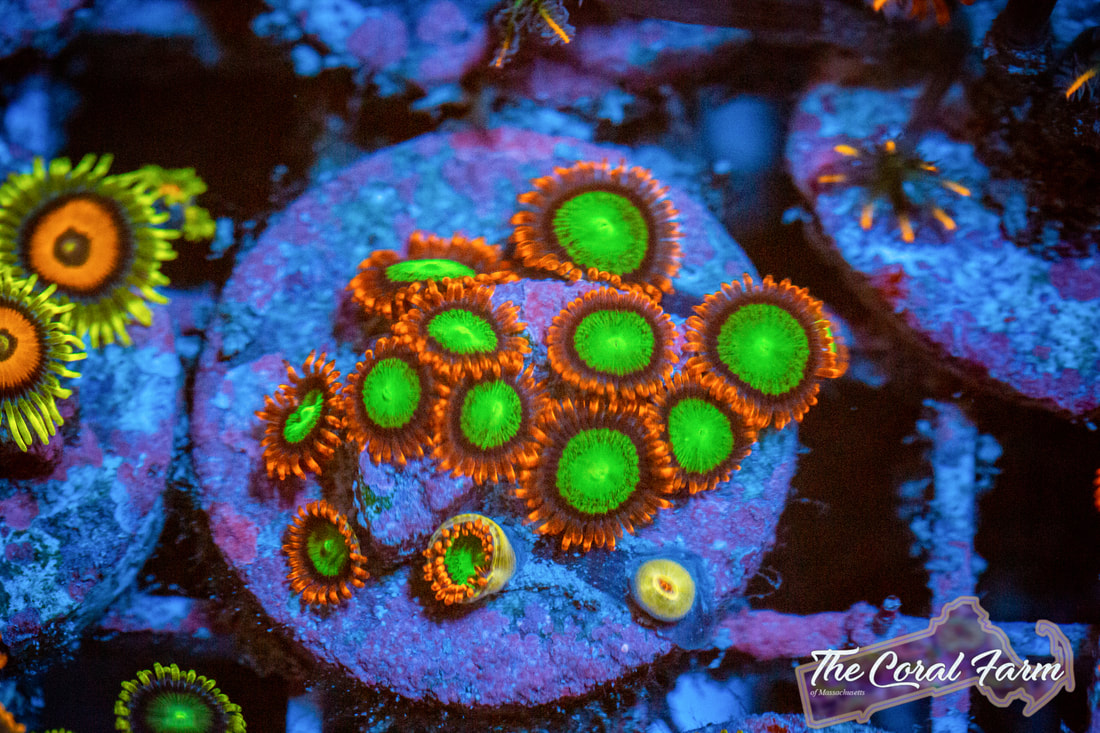

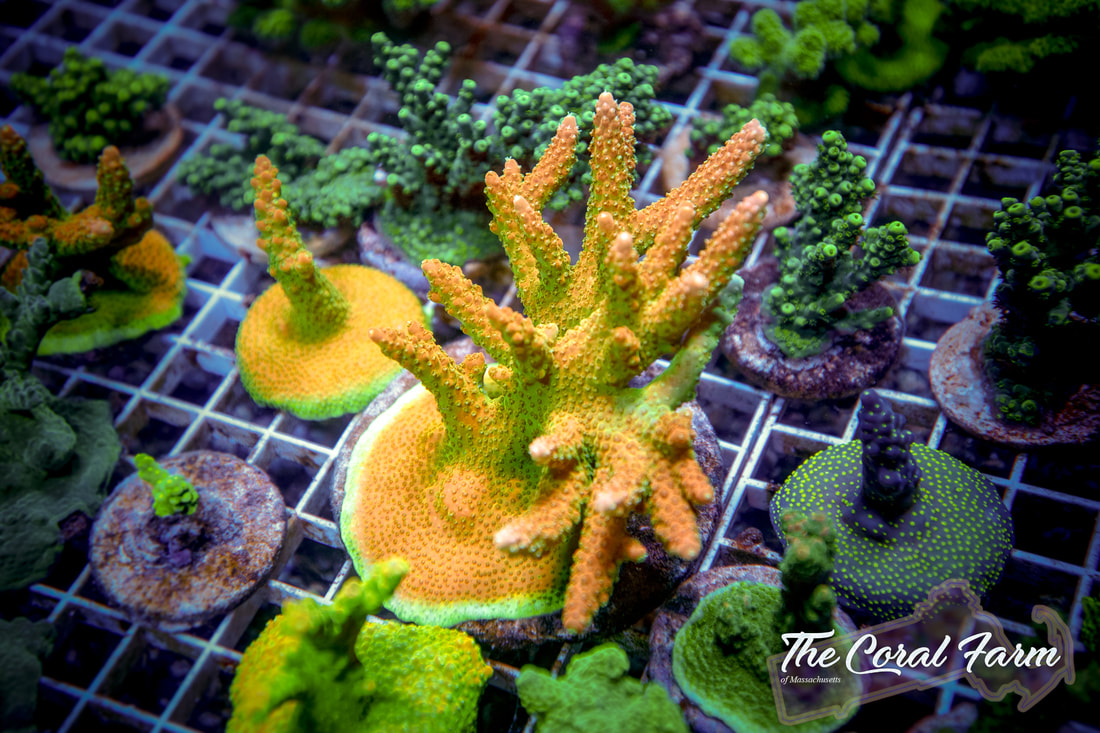
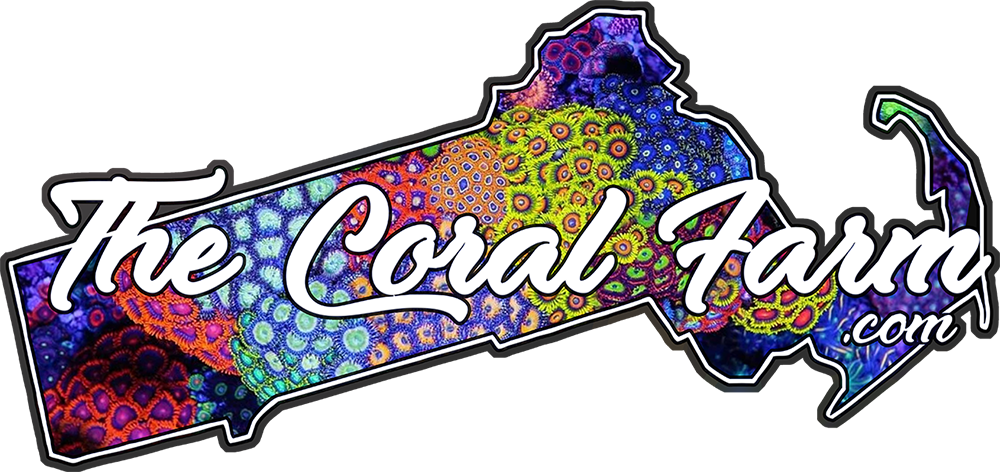



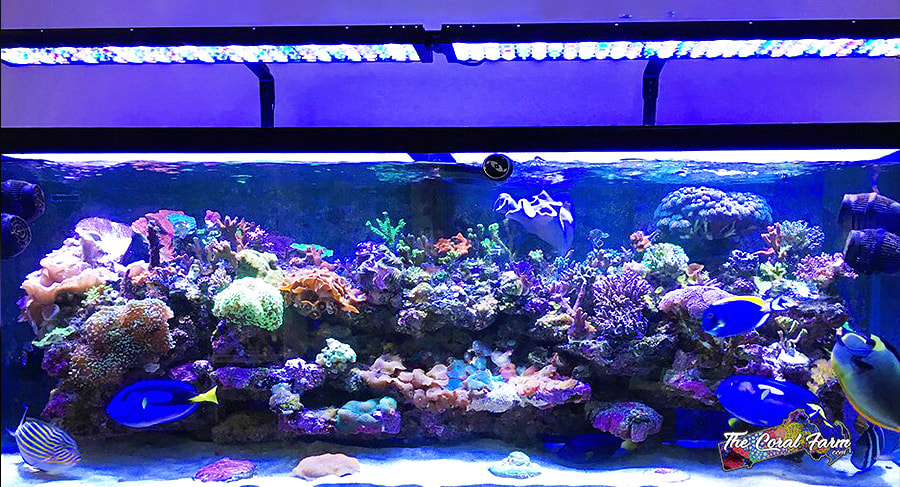

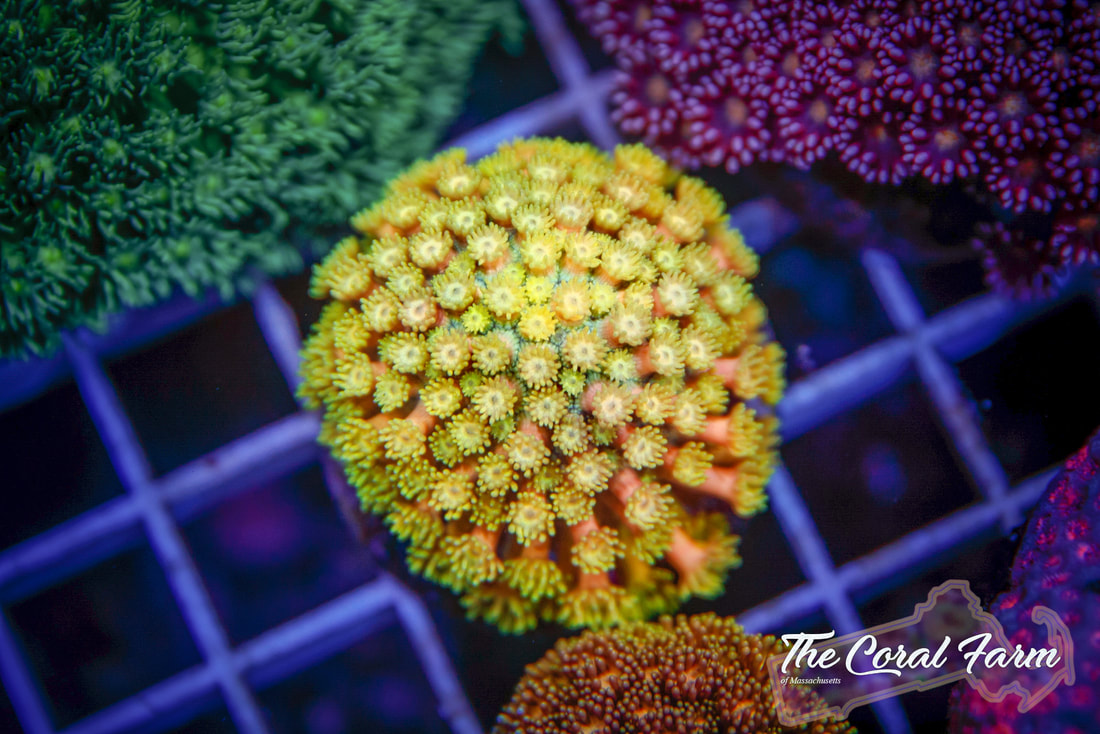
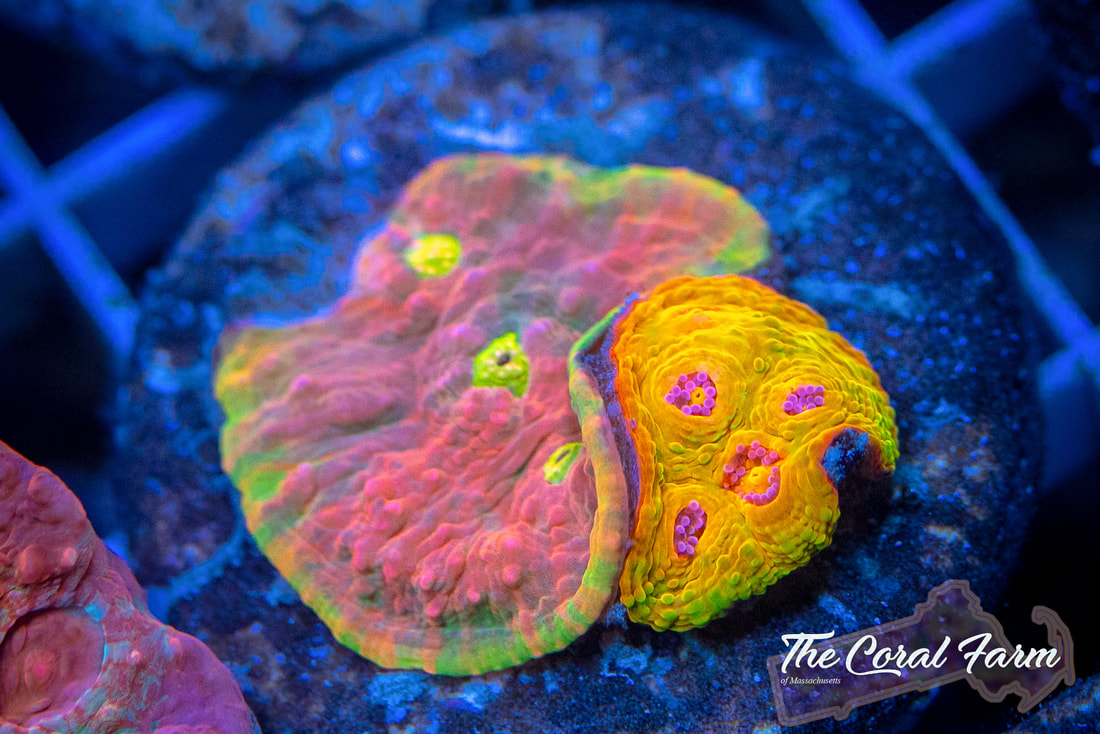
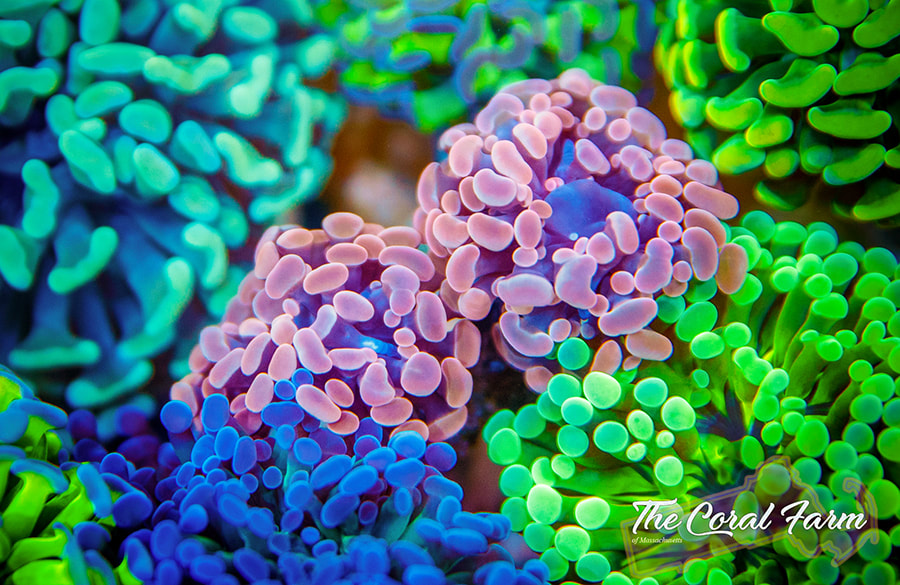
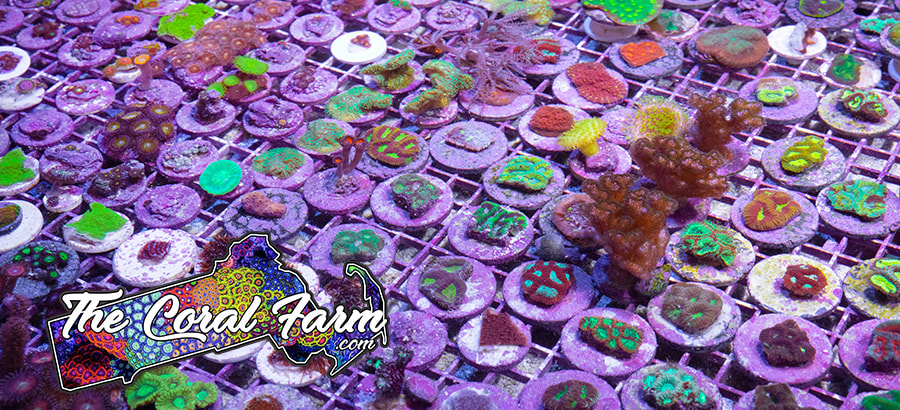
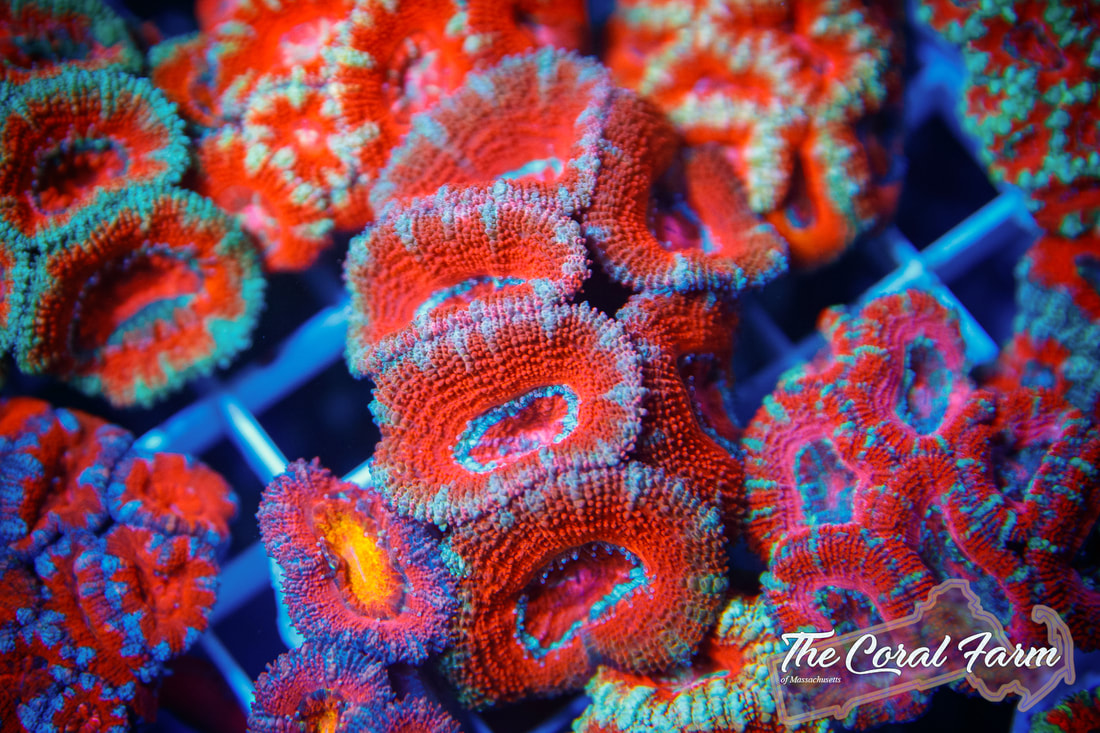
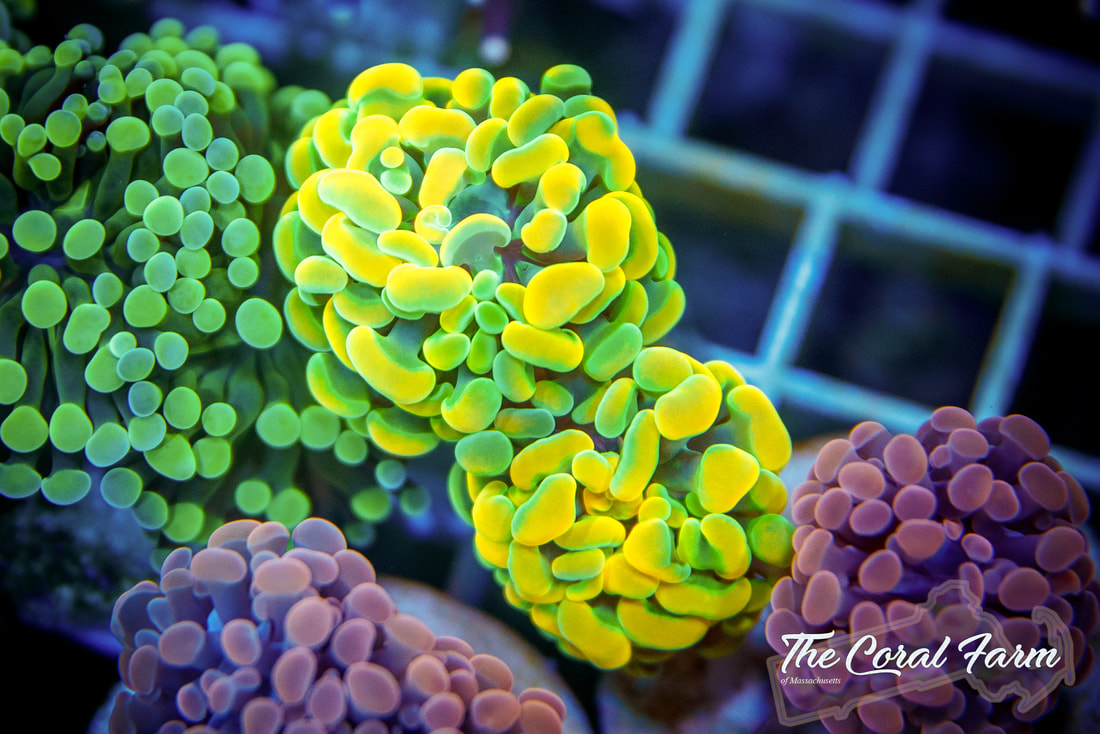
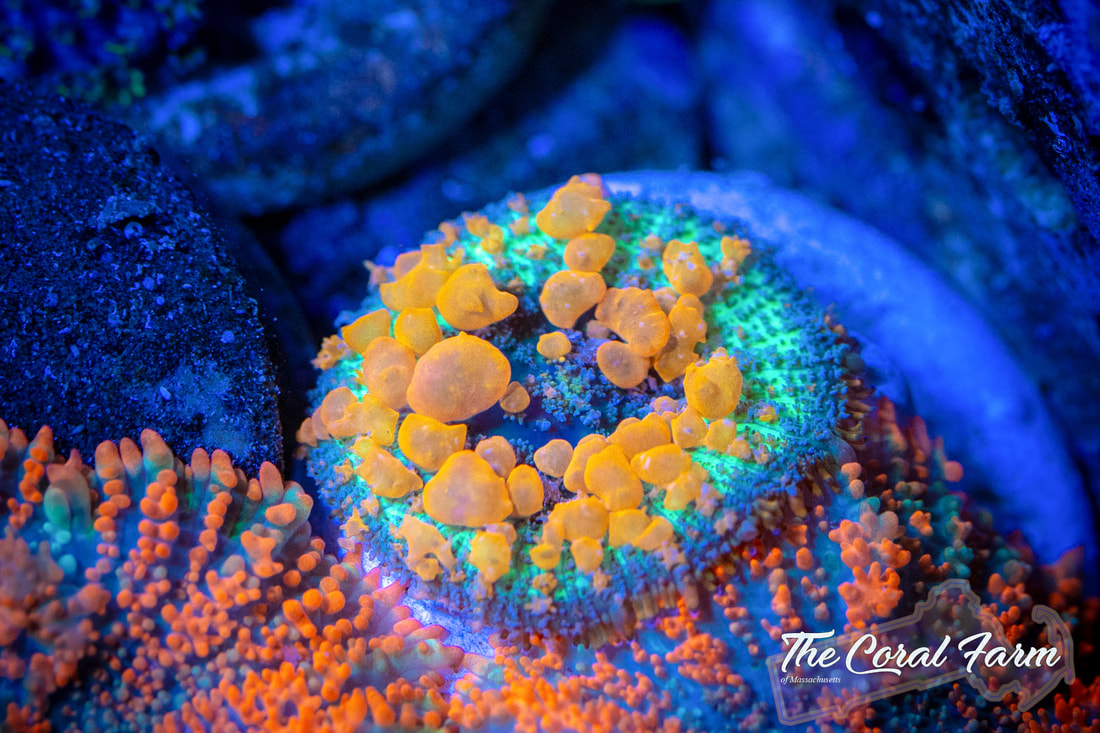

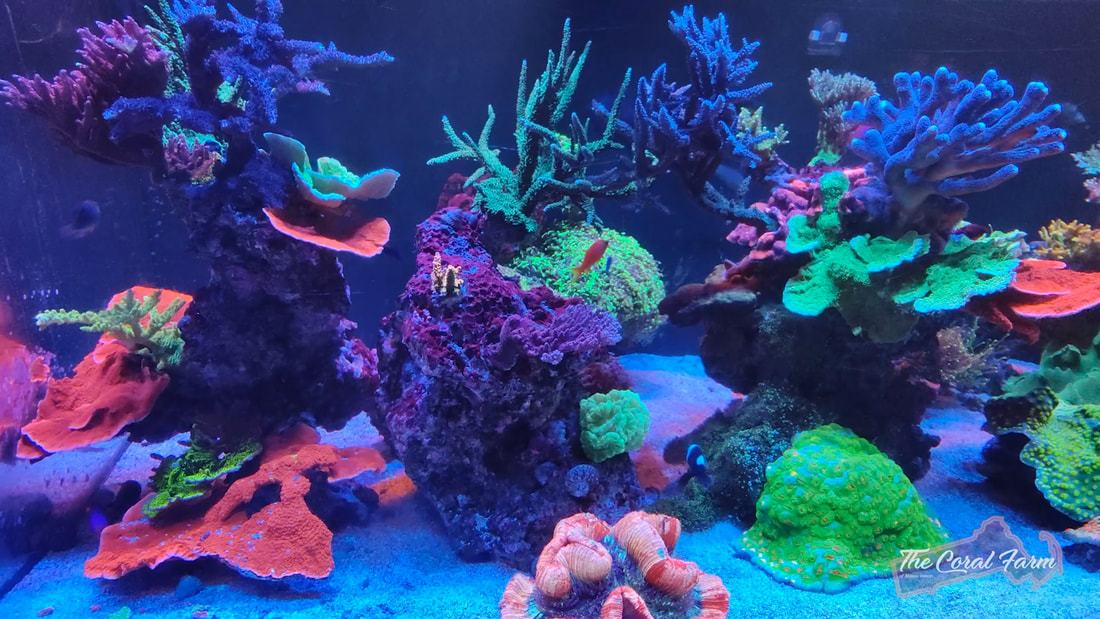
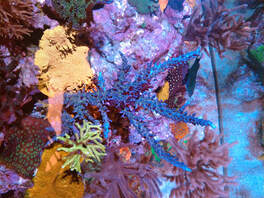
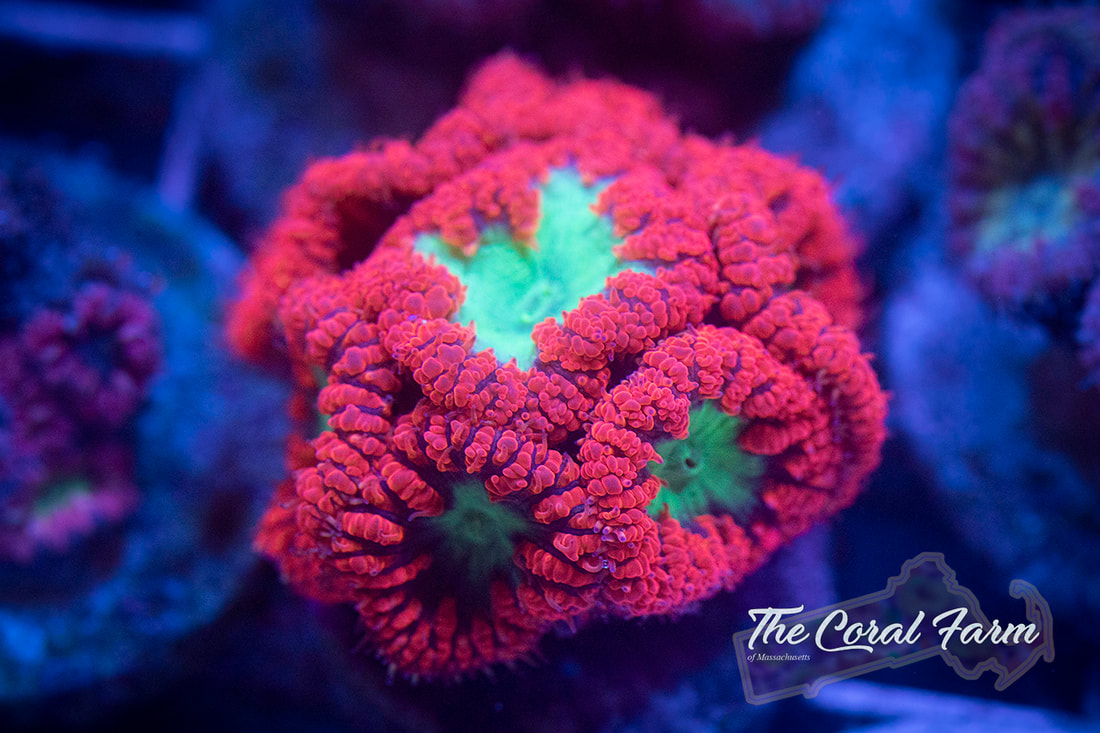
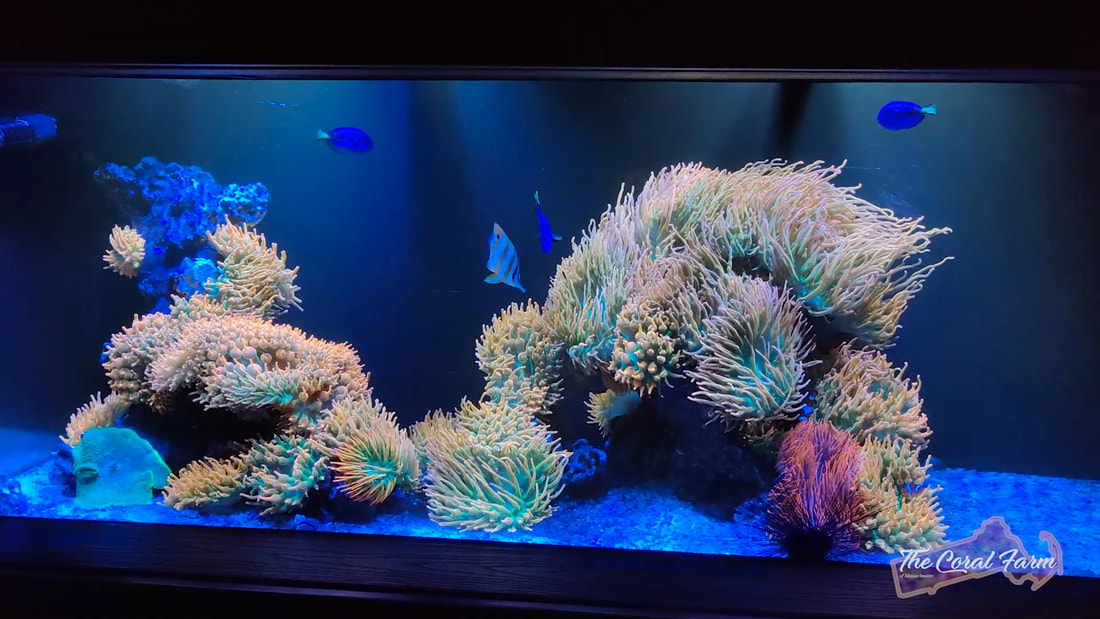

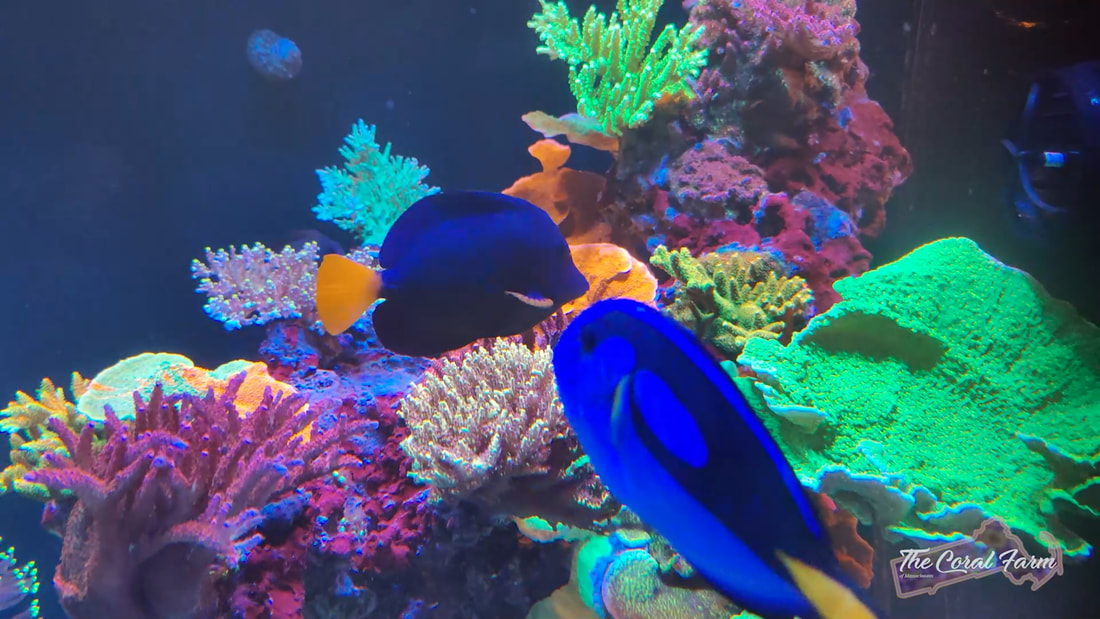
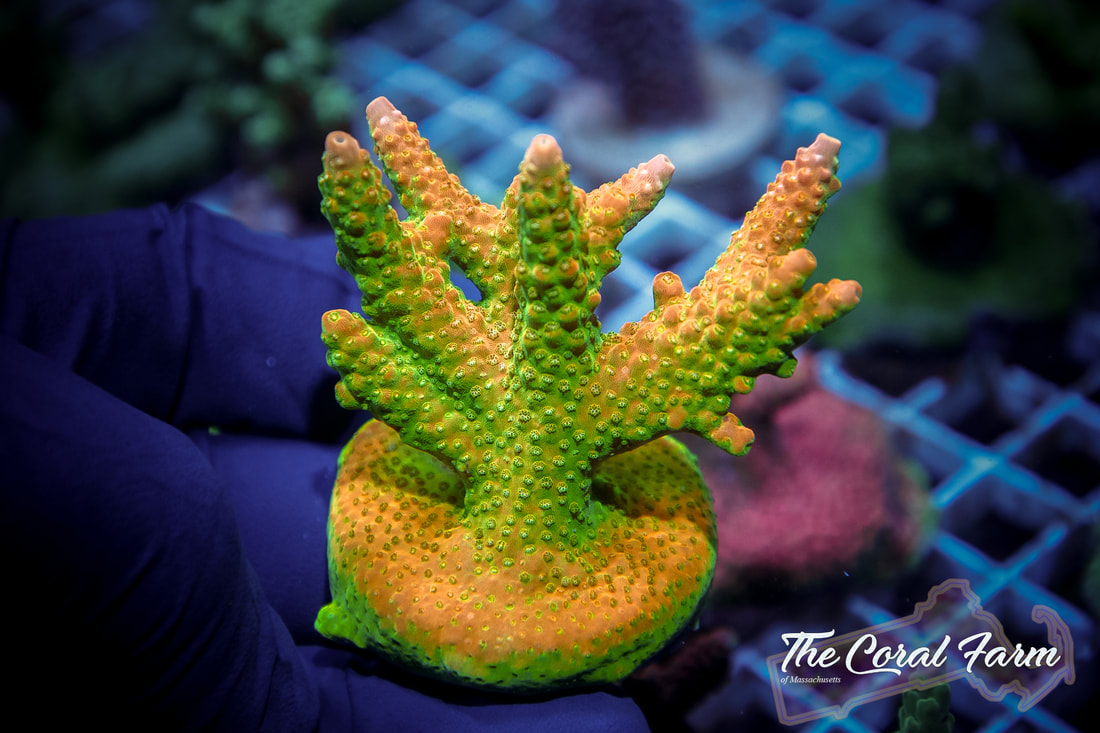
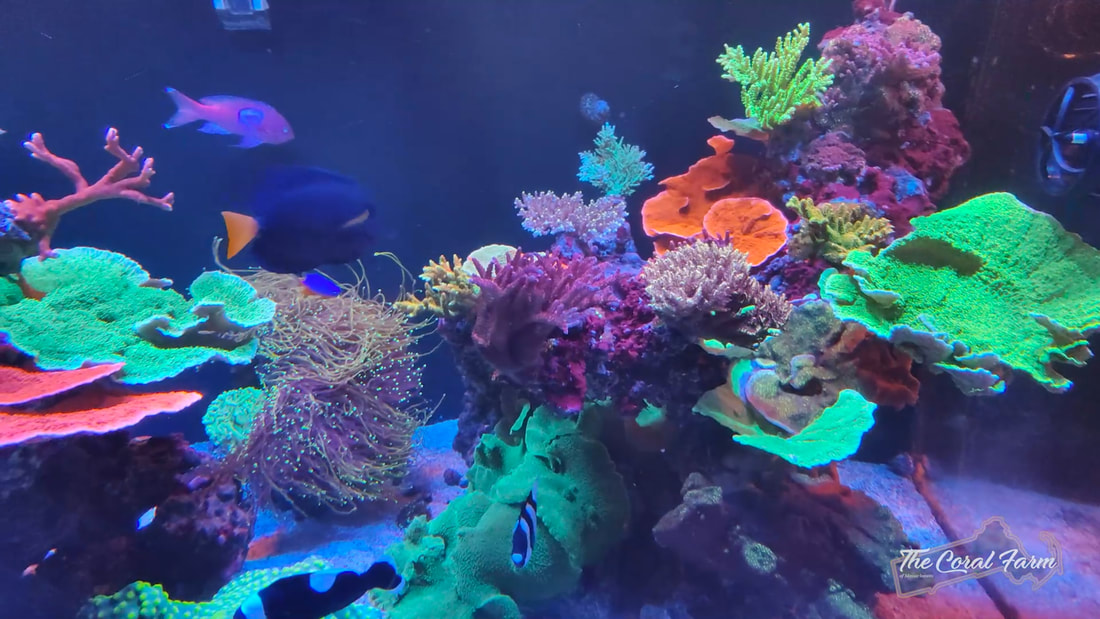
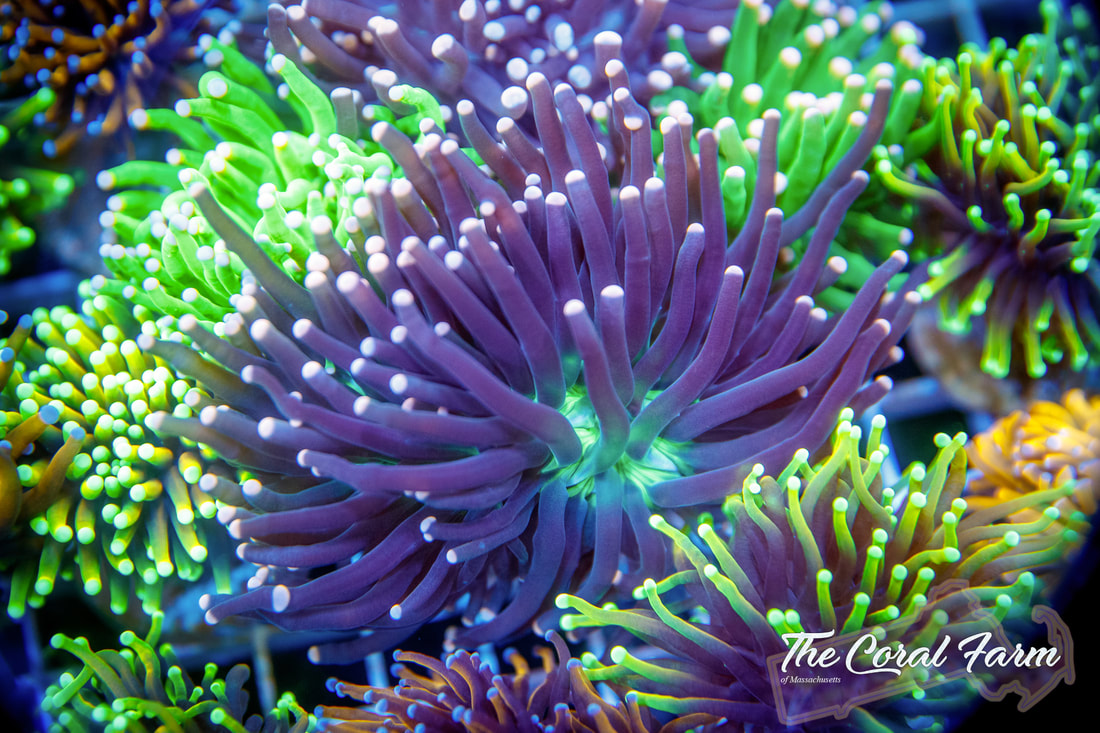
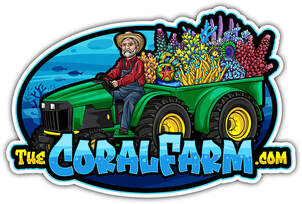
 RSS Feed
RSS Feed
